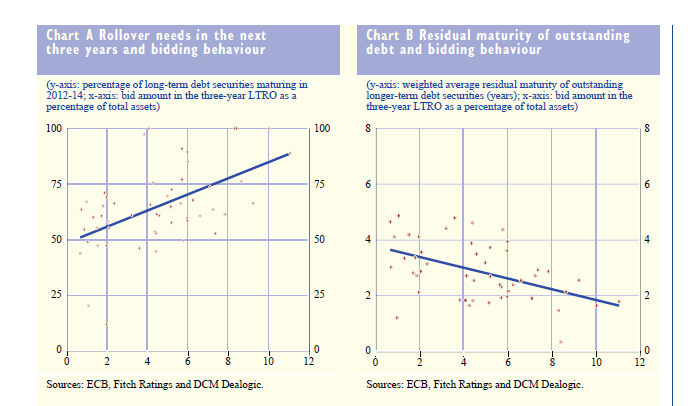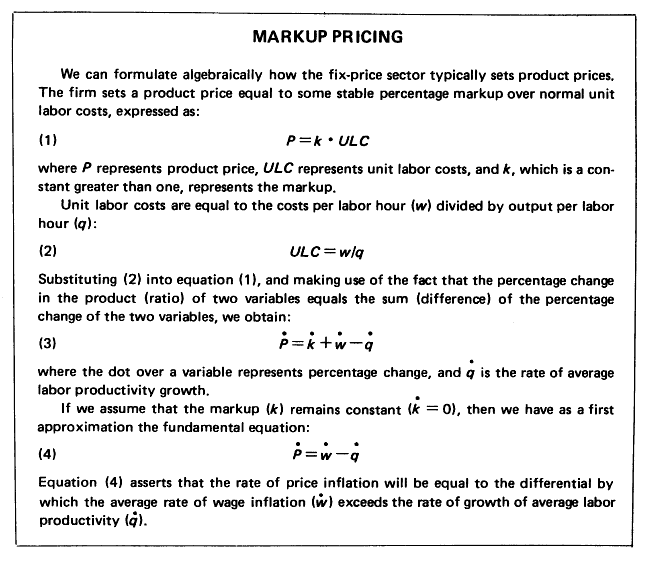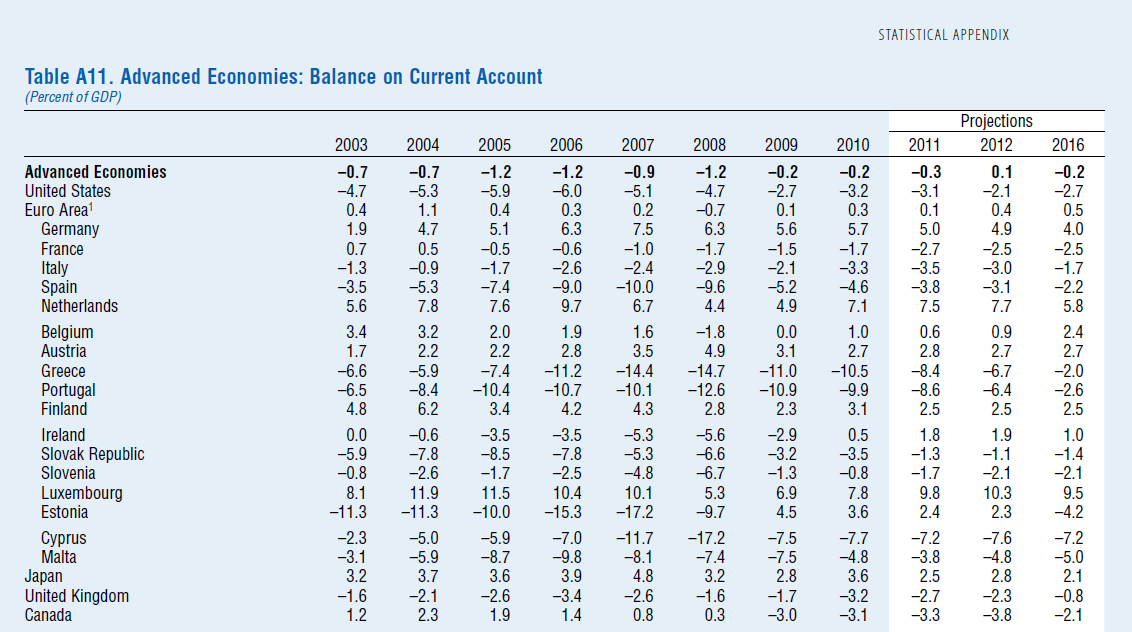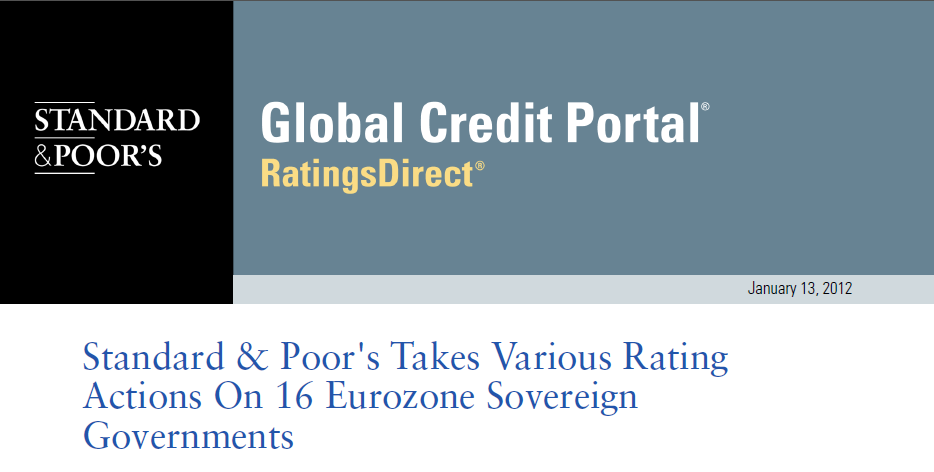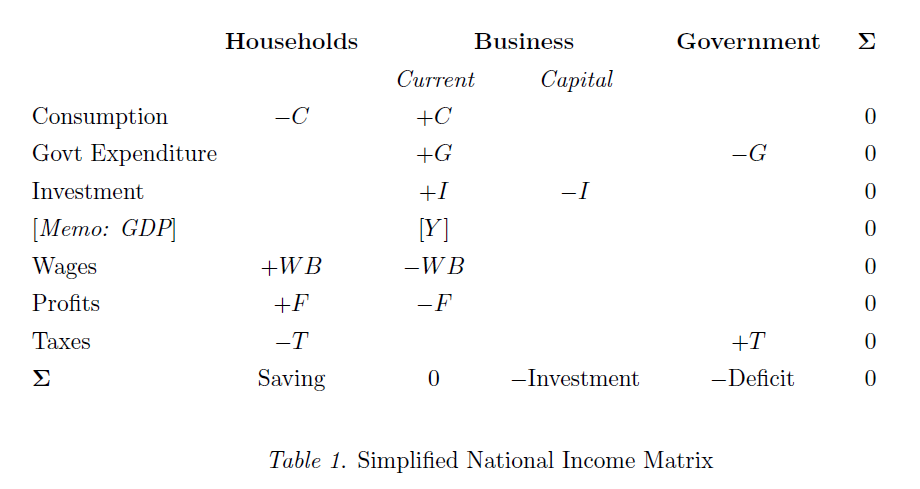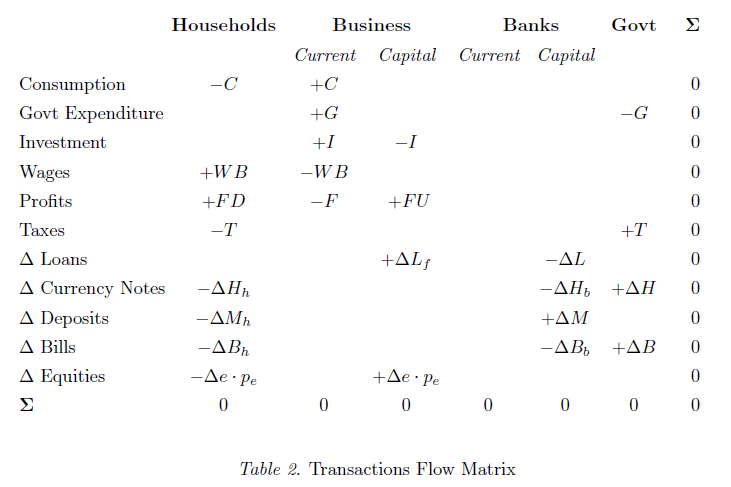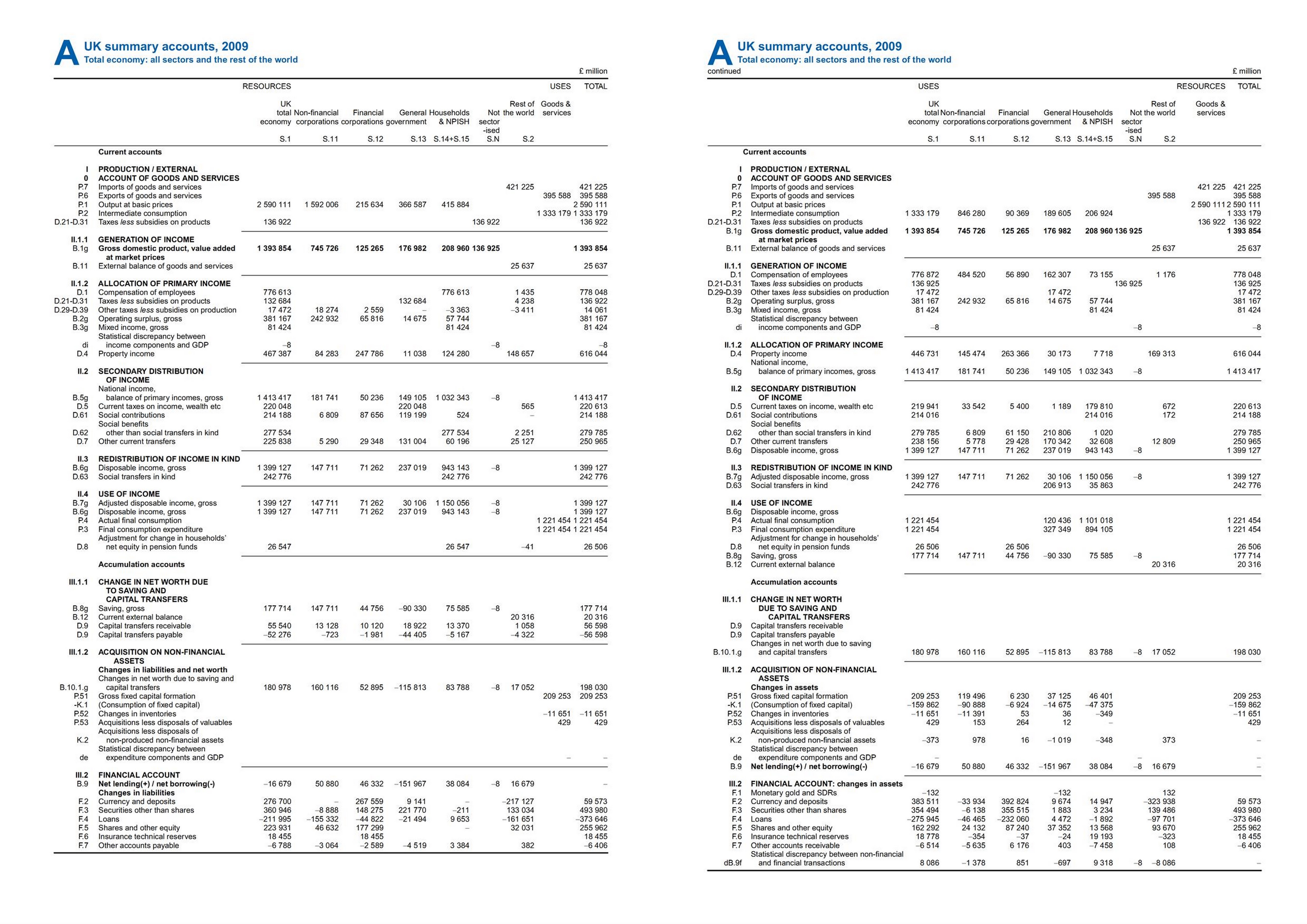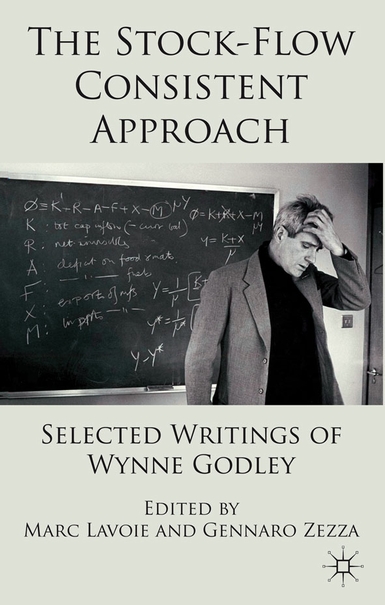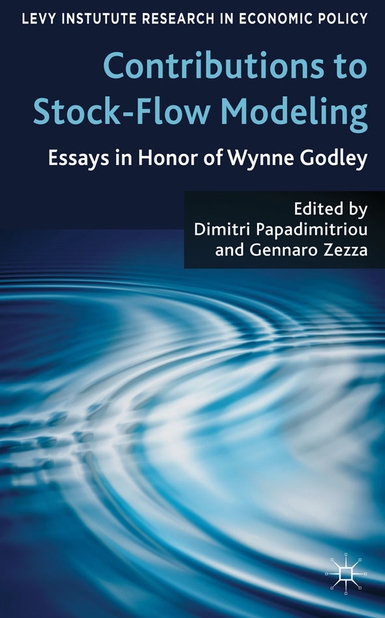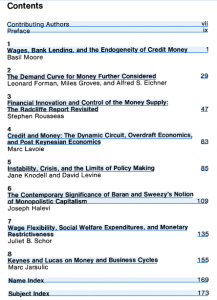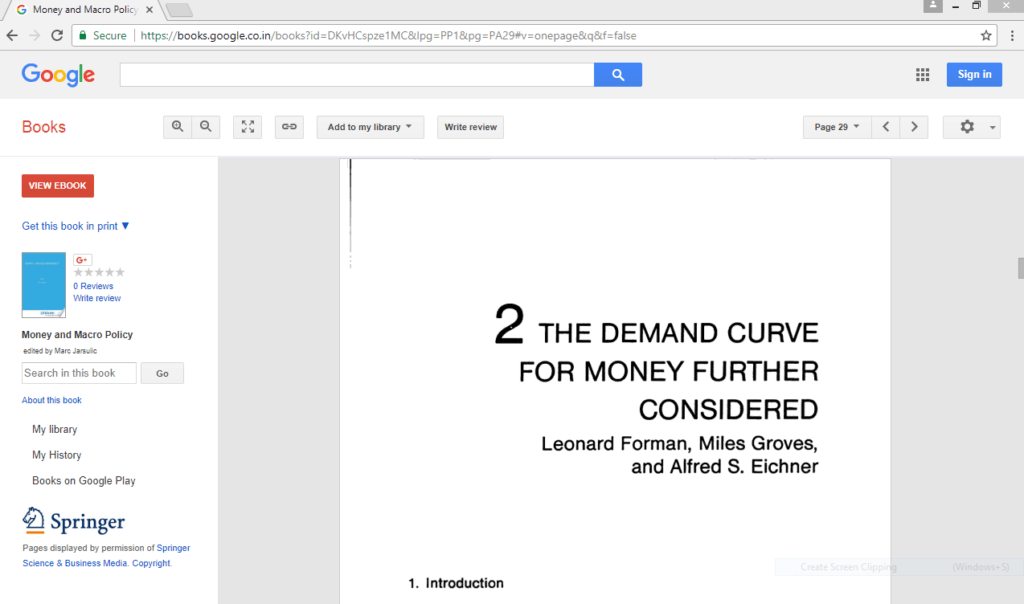While most people – including most economists – treat money as a commodity, there are some who understand the endogeneity of money. However, there is a degree of endogeneity assigned to the nature of money with some thinking money was a commodity in some periods in history. So one sees claims that what is written in economics textbooks works only in “gold standard” or worse – fixed exchange rate regimes. Fixed or floating is not the focus of this post, but I’d like to quote James Tobin who once said:
I believe that the basic problem today is not the exchange rate regime, whether fixed or floating. Debate on the regime evades and obscures the essential problem.
… The man and his wisdom 🙂
Nicholas Kaldor wrote a major article in 1985 titled How Monetarism Failed (Challenge, Vol. 28, No. 2, link). The article goes into the heart of confusions in economists’ minds on the nature of money.
Kaldor talks about the Monetarists’ false intuition:
Given the fact that the demand for money represents a stable function of incomes (or expenditures), Friedman and his associates conclude that any increase in the supply of money, however brought about (for ex- ample, through open-market operations that lead to the substitution of cash for short-term government debt in the hands of discount houses or other financial institutions), will imply that the supply of money will exceed the demand at the prevailing level of incomes (people will “find themselves” with more money than they wish to hold). This defect, in their view, will be remedied, and can only be remedied, by an increase in expenditures that will raise incomes sufficiently to eliminate the excess of supply over the demand for money.
As a description of what happens in a modern economy, and as a piece of reasoning applied to situations where money consists of “credit money” brought about by the creation of public or private debt, this is a fallacious piece of reasoning. It is an illegitimate application of the original propositions of the quantity theory of money, which (by the theory’s originators at any rate) were applied to situations in which money consisted of commodities, such as gold or silver, where the total quantity in existence could be regarded as exogenously given at any one time as a heritage of the past; and where sudden and unexpected increases in supply could occur (such as those following the Spanish conquest of Mexico), the absorption of which necessitated a fall in the value of the money commodity relative to other commodities. Until that happened, someone was always holding more gold (or silver) than he desired, and since all the gold (and silver) that is anywhere must be somewhere, the total quantity of precious metals to be held by all money-users was independent of the demand for it. The only way supply could be brought into conformity, and kept in conformity, with demand was through changes in the value of the commodity used as money.
[boldening: mine]
Notice the wording “by the theory’s originators at any rate”.
And what about mining or the lack of mining?
… the value of the money commodity depended, in the longer run at least, on its costs of production, in the same way as the demand for other commodities. With the expansion of the general level of production, the value of monetary transactions through the purchases and sales of goods and services expanded pari passu, which made it profitable to expand the production of the money commodity in line with commodities in general. From the very beginning, therefore, the increase in the supply of money in circulation was a response to increased demand and not an autonomous event, though occasionally the supply of the money commodity ran ahead of the increase in the supply of other commodities, as with the gold and silver discovered in the new Spanish colonies of the sixteenth century; at such times, money could be said to have exerted an autonomous influence on the demand for goods and services. It did so because those who first came into the possession of the new gold or silver were thereby personally enriched, and thus became the source of additional demand for goods and services. But the converse of this proposition was equally true: where the increase in the supply of the money commodity lagged behind, this placed obstacles on economic expansion that historically were gradually overcome with the successive introduction of money substitutes.
Kaldor then goes into the development of the banking system:
This latter development was closely associated with the development of banking. Originally, goldsmiths (who possessed strong rooms for holding gold and other valuables) developed the facility of accepting gold for safekeeping, and issued deposit certificates to the owners. The latter found it convenient to make payments by means of these certificates, thereby saving the time and trouble of taking gold coins out of the strong room only to have them re-deposited by the recipient of the payment, who was likely to have much the same incentive of keeping valuables deposited for safekeeping. The next step in the evolution toward a credit-money system was when the goldsmiths found it convenient to lend money as well as to accept it on deposit for safekeeping. For the purpose of lending they had to issue their own promissory notes to pay cash to the bearer (as distinct from a named depositor) on demand; with this latter development the goldsmiths became bankers, i.e., financial intermediaries between lenders and borrowers. Since real money (gold) was only required on specific occasions (when payments had to be made abroad or when the contract specifically provided for payment in cash), the banks found that the amount of such notes issued to borrowers came to exceed by many times the amount of gold deposited in their vaults by the lenders- though the total amount they owed to the lenders was always larger than the total amount lent to the borrowers. The apparent contradiction between the formal solvency of the banks when the volume of credits granted to borrowers was compared with their total obligation to their depositors, and their palpable insolvency when the value of the promissory notes issued was compared with the amount of gold held for their encashment, was not properly understood for a surprisingly long period. It gave rise to prolonged controversies between those (like Edwin Cannan) who firmly believed in “cloakroom banking” and those who believed that, by issuing pieces of paper that came to serve as a circulating medium, the banks were “creating credit,” which meant an effective enlargement of the money supply.
Did central banks “control” the money stock during gold exchange standards? Kaldor says:
Traditionally, the core of central-banking policy consisted of protecting the reserves (in gold or reserve currencies) through the instrument of changes in the bank rate. Ostensibly, such changes served the purpose of keeping the balance of payments with foreign countries on an even keel – a loss of reserves was taken as evidence of an unfavorable balance, and vice versa. The policy worked in the sense that even moderate changes in short-term interest rates (relative to other financial centers) sufficed to reverse the trend in the movement in reserves. But until the new monetarism came into fashion, stabilizing the quantity of money in circulation, as distinct from stabilizing the volume of international reserves, was not regarded as a primary objective.
One more thing. There is a very interesting point that Kaldor makes at the beginning of the article – the ending of the following is the point of the greatest interest to me.
In the light of the above, the main contention – and indeed, the sine qua non – of monetarism, that the money supply of each “economy” is exogenously determined by the monetary authority of the “economy” concerned, may be questioned from the start. Monetarists, following Milton Friedman, assume that the monetary authority determines the so-called “monetary base” (or “high-powered money,” to use Friedman’s expression), which is nothing else but the amount of bank notes issued which at any one time are partly in the hands of the public and partly in the hands of the banks, whether in the form of vault-cash or of deposits with the central bank; either legally enforceable rules or conventions determine an established ratio between this “base money” and all other forms of money. Hence the “monetary authority” ultimately determines the supply of money in all forms. It does so partly by active measures such as “open-market operations,” by which the central bank buys or sells government securities in exchange for its own notes, and partly by passive measures, the re-discounting of short-term paper consisting of public or private debt, in which it seeks to achieve its objective as regards the money supply by varying its own rate of re-discount. The further assumption that the (inverted) pyramid of bank money bears a stable relationship to the monetary base is supposed to be ensured by the banks’ rationing credit so as to prevent their liabilities from becoming larger (or rising faster) than the legal or prudential reserve ratio permitted. It is admitted, however, that each “economy” characterized by the possession of a separate currency must be wholly autonomous, which means that the central bank is not under any obligation to maintain its exchange rate at a predetermined relationship with other currencies (as was the case under the pre-1914 gold standard or the Bretton Woods system); rather, it allows its exchange rate to fluctuate freely so as to achieve a balance in the foreign-exchange market without central-bank intervention. (The possibility that payments, whether among the same nationals or between different nationals, are effected in other currencies or through transfers between extraterritorial bank accounts has not, to my knowledge, been explicitly considered.)
[last emphasis: mine]
I will have a post in the future on international flow of money, correspondent banking, foreign exchange market microstructure, fx settlements and balance of payments to argue Tobin’s wisecrack that the fixed versus floating debate obscures the problems facing the world today.
Hopefully my post (which was mainly quotes from Kaldor) may force the reader to think about the Horizontalist claim that money is endogenous and it cannot be otherwise.
